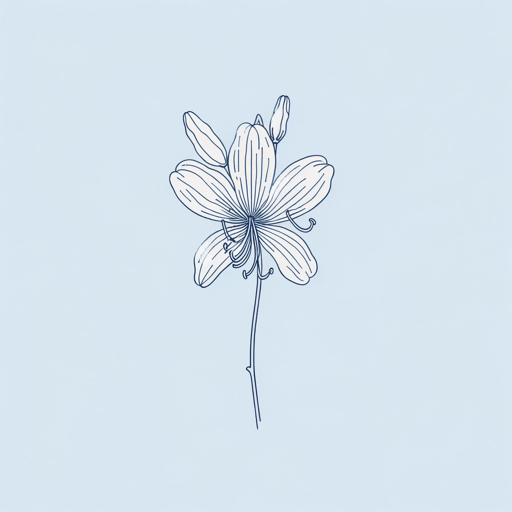15 pages • 30 minutes read
John KeatsMeg Merrilies
Fiction | Poem | Adult | Published in 1818A modern alternative to SparkNotes and CliffsNotes, SuperSummary offers high-quality Study Guides with detailed chapter summaries and analysis of major themes, characters, and more.
Further Reading
Composed in the same letter to his sister Fanny as “Meg Merrilies,” “There was a naughty boy” is a charming self-caricature that paints Keats as a rebellious boy packing up for adventure in Scotland (as the real Keats did, against his doctor’s orders). It complements “Meg” in illustrating the poet’s preoccupation in this period with his wild childhood and with an older, kindly wise woman: perhaps his beloved grandmother, who might feature in the poem as “Granny-good.”
Inspired heavily by John Milton’s Paradise Lost, Hyperion and its subsequent revision, The Fall of Hyperion: A Dream, is Keats’s unfinished epic poem on an episode from Greco-Roman myth, the fall of the Titans. Some of the older female characters bear a passing resemblance to Meg in their sympathetic natures and imposing physicality (e.g., Mnemosyne, Moneta).
Another ballad from the Romantic period, Robert Burn’s “Highland Mary” uses the same poetic structure, meter, and rhythm as “Meg Merrilies.” It also features a highland woman and pristine natural scenery, but rather than centering on freedom, Burns’ poem laments his long-lost love, another popular subject for the Romantic poets.
Related Titles
By John Keats

Endymion: A Poetic Romance
John Keats
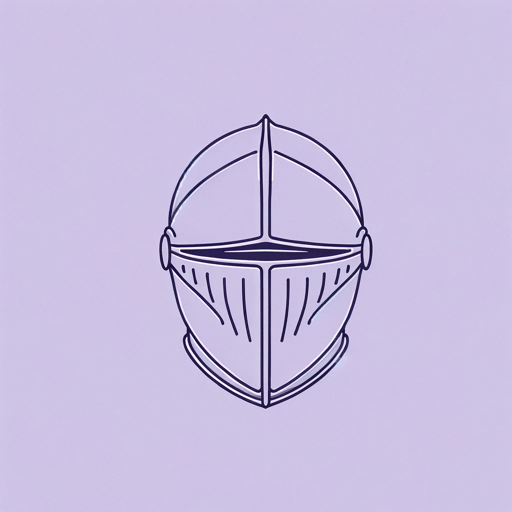
La Belle Dame sans Merci
John Keats

Ode on a Grecian Urn
John Keats

Ode on Melancholy
John Keats
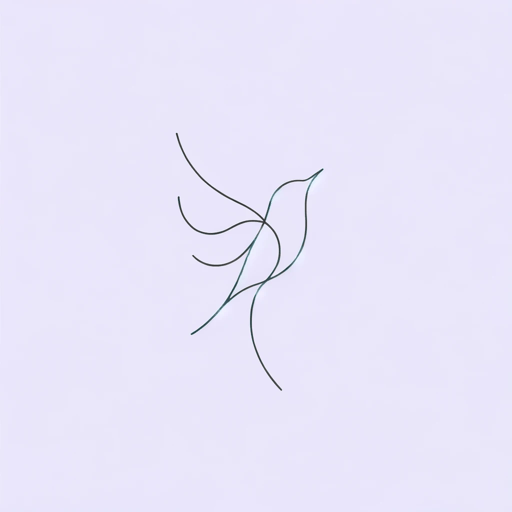
Ode to a Nightingale
John Keats
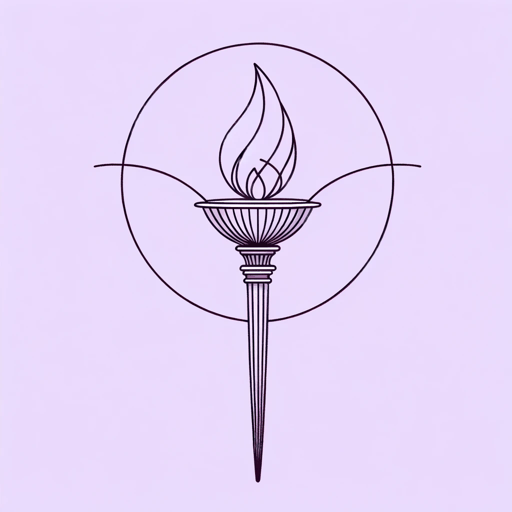
Ode to Psyche
John Keats
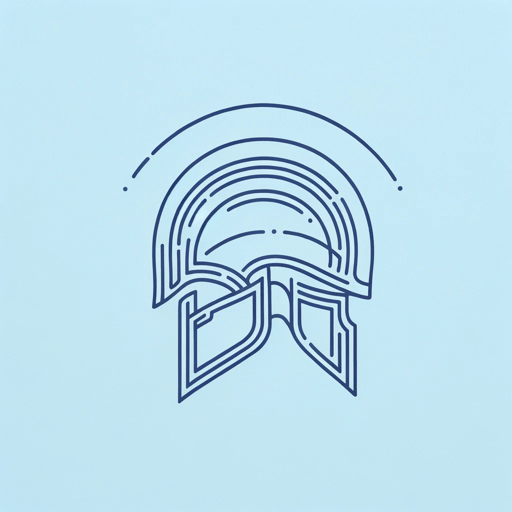
On First Looking into Chapman's Homer
John Keats
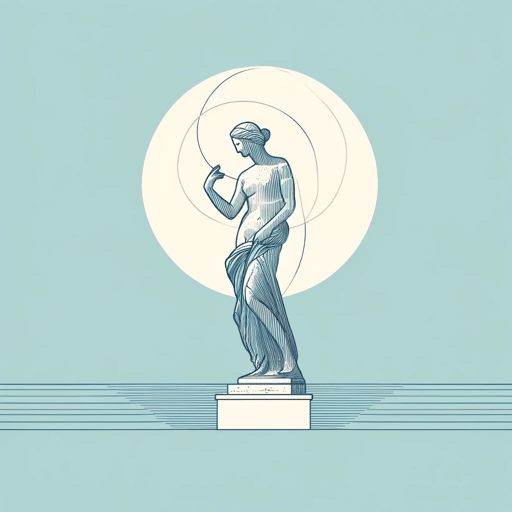
On Seeing the Elgin Marbles
John Keats
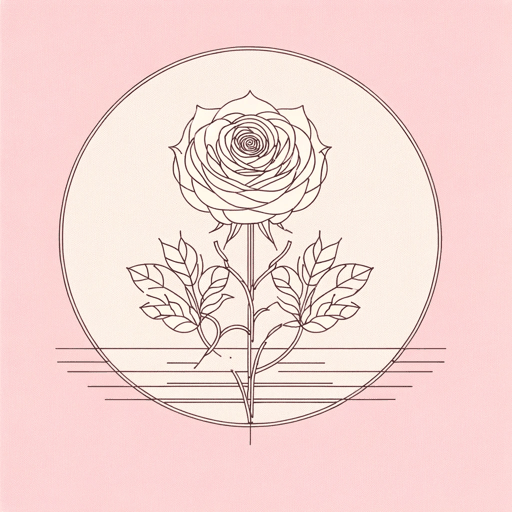
The Eve of St. Agnes
John Keats
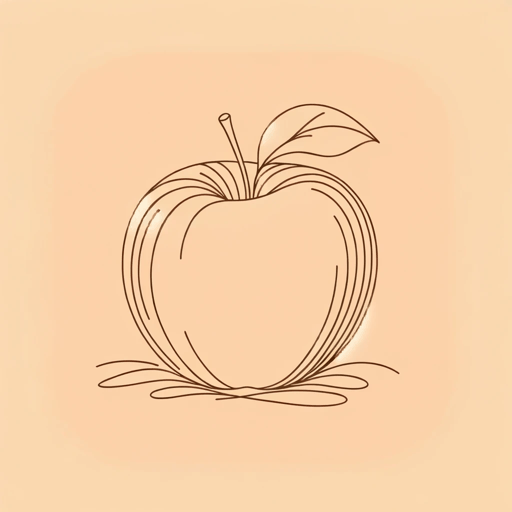
To Autumn
John Keats
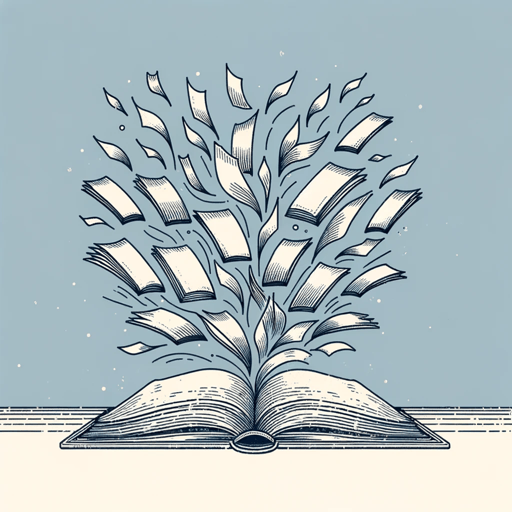
When I Have Fears That I May Cease to Be
John Keats
